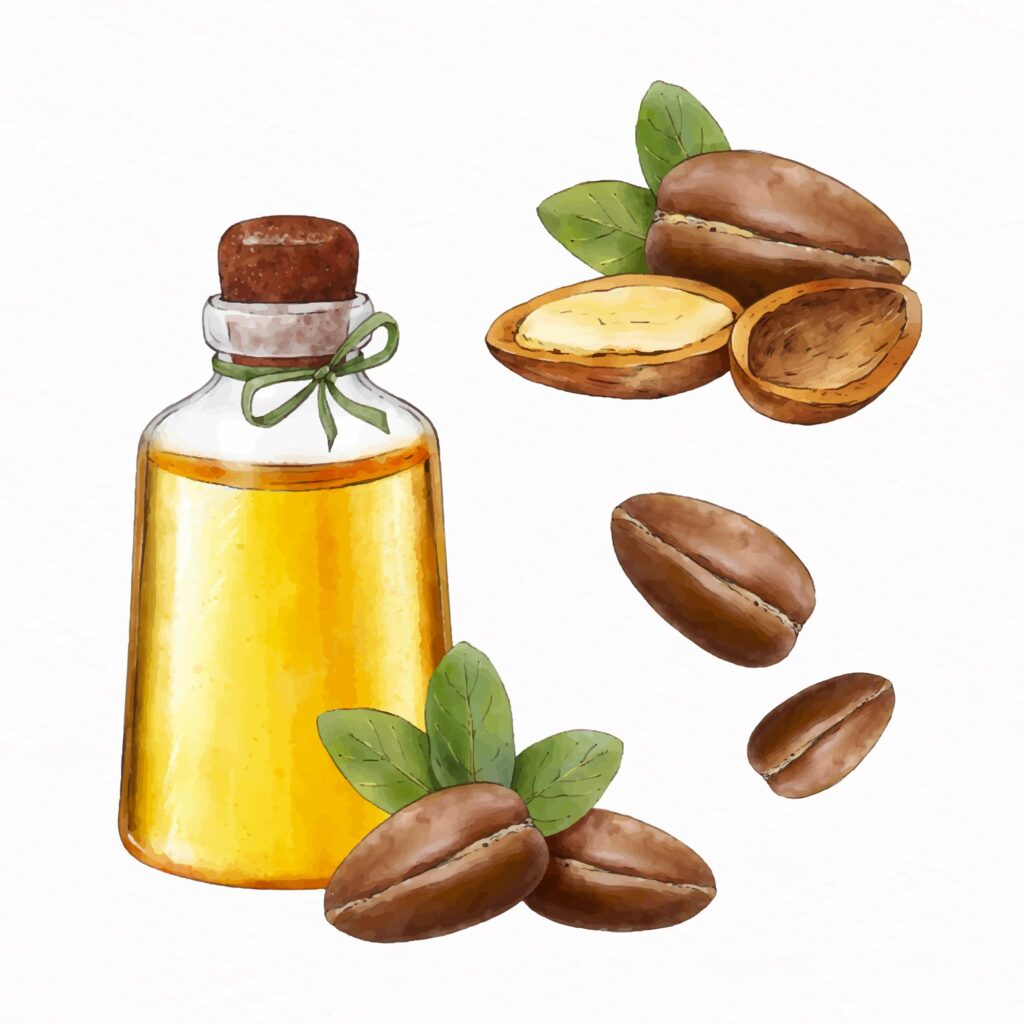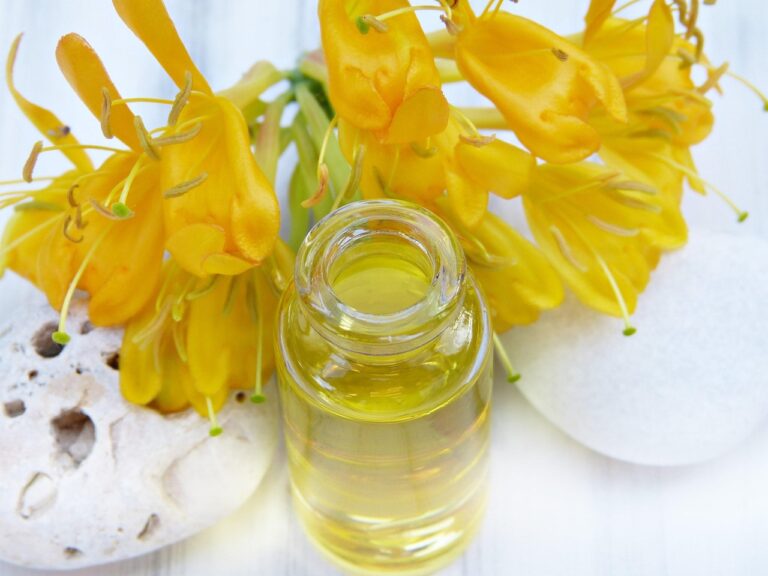Peanut Oil: Benefits, Uses, and Delicious Recipes for a Healthier Lifestyle

Why Peanut Oil Deserves a Spot in Your Kitchen
This golden-hued oil isn’t just for professional chefs—it’s a kitchen powerhouse that can transform your everyday cooking. Whether you’re frying, sautéing, or even baking, peanut oil brings a unique combination of flavor, high heat tolerance, and surprising health perks.
Ever bite into a perfectly crispy piece of fried chicken and wonder what makes it so good? Or taste a stir-fry with that rich, nutty depth and think, what’s the secret? More often than not, the answer is peanut oil.
But is it right for you? How does it compare to other oils? And what are the best ways to use it?
In this guide, you’ll discover:
✔ The different types of peanut oil and which one suits your cooking style.
✔ Science-backed health benefits—why it might be better than olive or coconut oil for certain dishes.
✔ Delicious, easy recipes that put peanut oil to work (including the crispiest fried chicken you’ll ever make).
✔ Important precautions—especially if you or someone in your home has a peanut allergy.
Let’s dive in and unlock the full potential of this underrated kitchen staple.
What Is Peanut Oil?
Peanut oil, pressed from peanuts (Arachis hypogaea), has been a culinary favorite for centuries—especially in Asian, African, and Southern American cuisines. Its mild nutty flavor and high smoke point make it incredibly versatile.
Types of Peanut Oil
Not all peanut oils are the same. Depending on how it’s processed, you’ll find:
- Refined Peanut Oil
- Best for: Deep-frying, high-heat cooking.
- Smoke point: 450°F (232°C).
- Taste: Neutral, making it ideal for dishes where you don’t want an overpowering nutty flavor.
- Unrefined (Cold-Pressed) Peanut Oil
- Best for: Salad dressings, marinades, light sautéing.
- Smoke point: 320°F (160°C).
- Taste: Stronger peanut flavor, perfect for drizzling over noodles or roasted veggies.
- Gourmet/Roasted Peanut Oil
- Best for: Finishing dishes like soups, stir-fries, or even popcorn.
- Taste: Intensely nutty, almost like toasted peanuts.
Pro Tip: If you’re new to peanut oil, start with refined for frying and unrefined for dressings.
Health Benefits of Peanut Oil
You might think of peanut oil as just a frying staple, but it packs some impressive health perks—if used in moderation.
1. Heart-Healthy Fats
Peanut oil is rich in monounsaturated fats (MUFAs), the same kind found in olive oil. These fats help:
✅ Lower LDL (“bad”) cholesterol.
✅ Reduce the risk of heart disease.
✅ Support healthy blood pressure.
2. Loaded with Vitamin E
Just one tablespoon gives you 11% of your daily Vitamin E needs. This antioxidant:
✔ Protects cells from damage.
✔ Boosts skin health.
✔ Strengthens immunity.
3. May Help with Blood Sugar Control
Some studies suggest that oleic acid in peanut oil improves insulin sensitivity, which could benefit those managing diabetes.
4. Anti-Inflammatory Properties
Peanut oil contains resveratrol, the same compound found in red wine, which fights inflammation and may lower chronic disease risk.
Nutritional Breakdown (Per 1 Tbsp)
| Nutrient | Amount | % Daily Value |
|---|---|---|
| Calories | 120 kcal | 6% |
| Total Fat | 14g | 18% |
| Monounsaturated Fat | 6g | – |
| Polyunsaturated Fat | 4.5g | – |
| Vitamin E | 2.4mg | 11% |
Key Takeaway: While peanut oil has benefits, it’s still calorie-dense. Use it in place of butter or lard for a healthier swap—but don’t go overboard.
Culinary Uses of Peanut Oil
Best for High-Heat Cooking
Thanks to its high smoke point (450°F), peanut oil is a top choice for:
- Deep-frying (fried chicken, French fries, tempura).
- Stir-frying (pad thai, veggies, beef and broccoli).
- Grilling & Searing (steaks, shrimp, tofu).
Salad Dressings & Marinades
Cold-pressed peanut oil adds a rich, nutty depth to:
✔ Asian-style vinaigrettes.
✔ Peanut sauce for satay or spring rolls.
✔ Marinades for grilled meats.
Baking Substitute
Swap butter for peanut oil in:
- Muffins & cakes (lighter texture).
- Pie crusts (flakier results).
Recipe Idea: Try replacing half the butter in chocolate chip cookies with peanut oil for a subtle nutty twist.
Peanut Oil vs. Other Cooking Oils
| Oil Type | Smoke Point | Best Uses | Health Pros & Cons |
|---|---|---|---|
| Peanut Oil | 450°F | Frying, Stir-frying | ✅ High in MUFAs, Vitamin E ❗ Not for peanut allergies |
| Olive Oil | 375°F (EVOO) | Dressings, Sautéing | ✅ Heart-healthy ❗ Low smoke point |
| Coconut Oil | 350°F | Baking, Curries | ✅ MCTs for energy ❗ High in saturated fat |
| Canola Oil | 400°F | General cooking | ✅ Neutral taste, affordable ❗ Often GMO |
Winner for Frying: Peanut oil (higher smoke point than most).
Winner for Dressings: Olive oil (better flavor profile).
3 Must-Try Peanut Oil Recipes
1. Crispy Peanut Oil Fried Chicken
| Ingredients | Quantity |
|---|---|
| Chicken thighs | 4 pieces |
| Buttermilk | 1 cup |
| All-purpose flour | 1.5 cups |
| Paprika, garlic powder | 1 tsp each |
| Peanut oil | 3 cups |
Steps:
- Soak chicken in buttermilk (2+ hours).
- Mix flour and spices, coat chicken.
- Heat peanut oil to 350°F, fry until golden (12-15 mins).
2. Garlic Peanut Oil Stir-Fried Noodles
| Ingredients | Quantity |
|---|---|
| Udon noodles | 8 oz |
| Soy sauce, sesame oil | 2 tbsp each |
| Minced garlic | 3 cloves |
| Peanut oil | 2 tbsp |
Steps:
- Cook noodles, drain.
- Sauté garlic in peanut oil until fragrant.
- Toss noodles with soy sauce and sesame oil.
Potential Risks and Allergies
❗ Peanut Allergy Alert: If you or someone in your household has a peanut allergy, avoid peanut oil entirely—even refined versions may contain traces.
❗ Storage Tip: Keep peanut oil in a cool, dark place to prevent rancidity.
Final Verdict: Should You Use Peanut Oil?
If you’re looking for an oil that:
✔ Handles high heat like a champ.
✔ Adds a subtle nutty flavor.
✔ Offers heart-healthy fats.
…then peanut oil is worth a try. Just remember:
- Allergies? Steer clear.
- Best uses? Frying > baking.
- Healthiest pick? Cold-pressed for dressings, refined for frying.
FAQs About Peanut Oil
1. Is peanut oil healthy?
Yes! It’s rich in good fats and vitamin E—great in moderation.
2. Can I reuse peanut oil after frying?
Yes, 2-3 times if strained and stored properly.
3. What’s the best substitute for peanut oil?
For frying: Canola or sunflower oil. For flavor: Sesame oil.
Ready to upgrade your cooking? Grab a bottle of peanut oil and try one of these recipes tonight! 🍳
Got questions? Drop them in the comments—we’d love to help!







